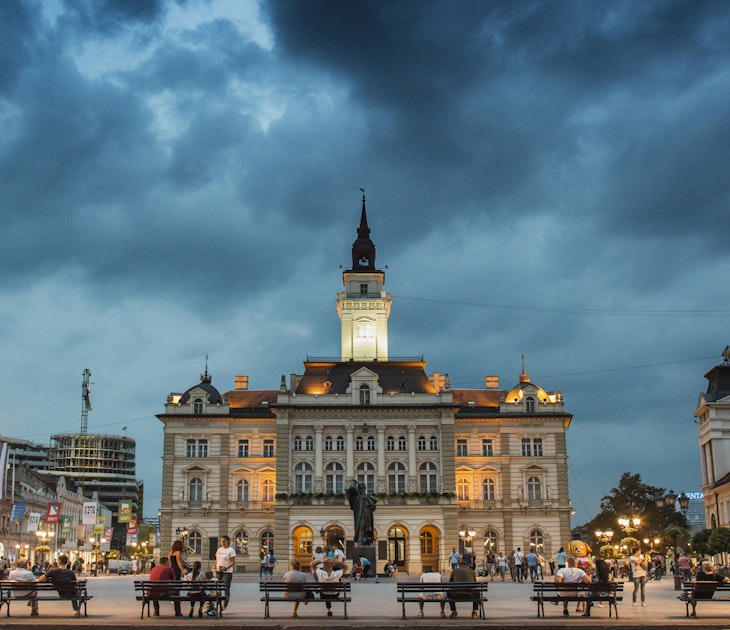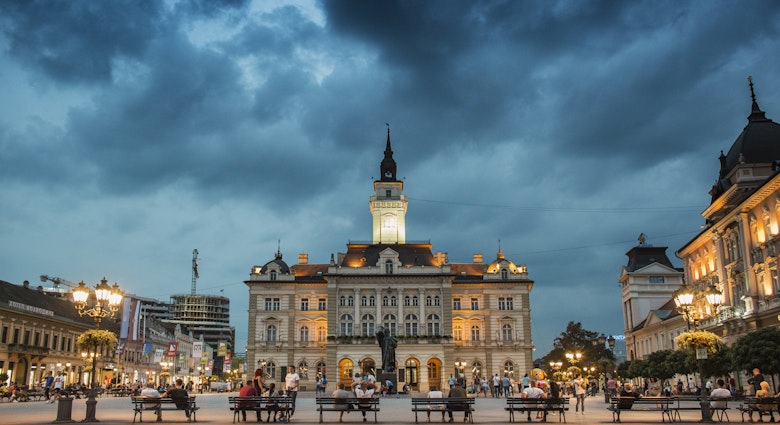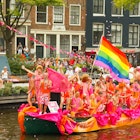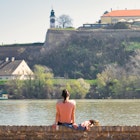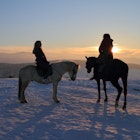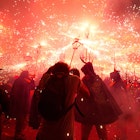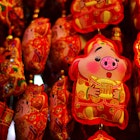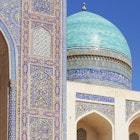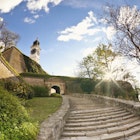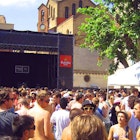Novi Sad’s cultural scene gives Belgrade a run for its money thanks to its history as an important trading city during the Habsburg times, and later as the capital of one of Serbia’s most ethnically diverse regions, Vojvodina. It’s hardly surprising that Novi Sad will be the first Serbian city to hold the title of European Capital of Culture in 2021. On top of that, the European Youth Forum proclaimed Novi Sad a European Youth Capital for 2019, which added more skip to its step.
The preparations for 2019 and 2021 have given a boost to the city’s already vibrant cultural scene. It offers much more than just EXIT music festival, Serbia’s largest and one of Europe’s best, which has been drawing in international crowds every July since 2000. Novi Sad indeed has it all: from impromptu art spaces in run-down factories to breath-taking places of worship.

The impressive Petrovaradin Fortress
Novi Sad’s history is inseparable from the baroque Petrovaradin Fortress, dubbed “Gibraltar on the Danube” due to its imposing presence. Its complex defences and network of subterranean passages make this Europe’s second-biggest fortress, and it is no surprise that it took 88 years to build.
The fortress lost its military role after WWI, and is now one of the main cultural areas of the city. Its former arsenal building now houses the main part of the City Museum of Novi Sad, which tells the story of the fortress and how Novi Sad grew in importance in the 18th and 19th centuries. The highlight however, are tours of the fortresses’ underground passages in various languages: call the museum a few days in advance to arrange.
Given its proximity to Novi Sad’s School of Art, the fortress also houses several galleries and artists’ ateliers, such as Atelje 61, one of the few studios in Europe that specialises in tapestries.
The lower town of Petrovaradin, which lies below the fortress, has returned to its baroque glory after decades of neglect. Of special note are a grand baroque hospital which has been in continuous use since 1783, a beautiful Jesuit convent, and the birth-house of Josip Jelačić, Croatia’s national hero.
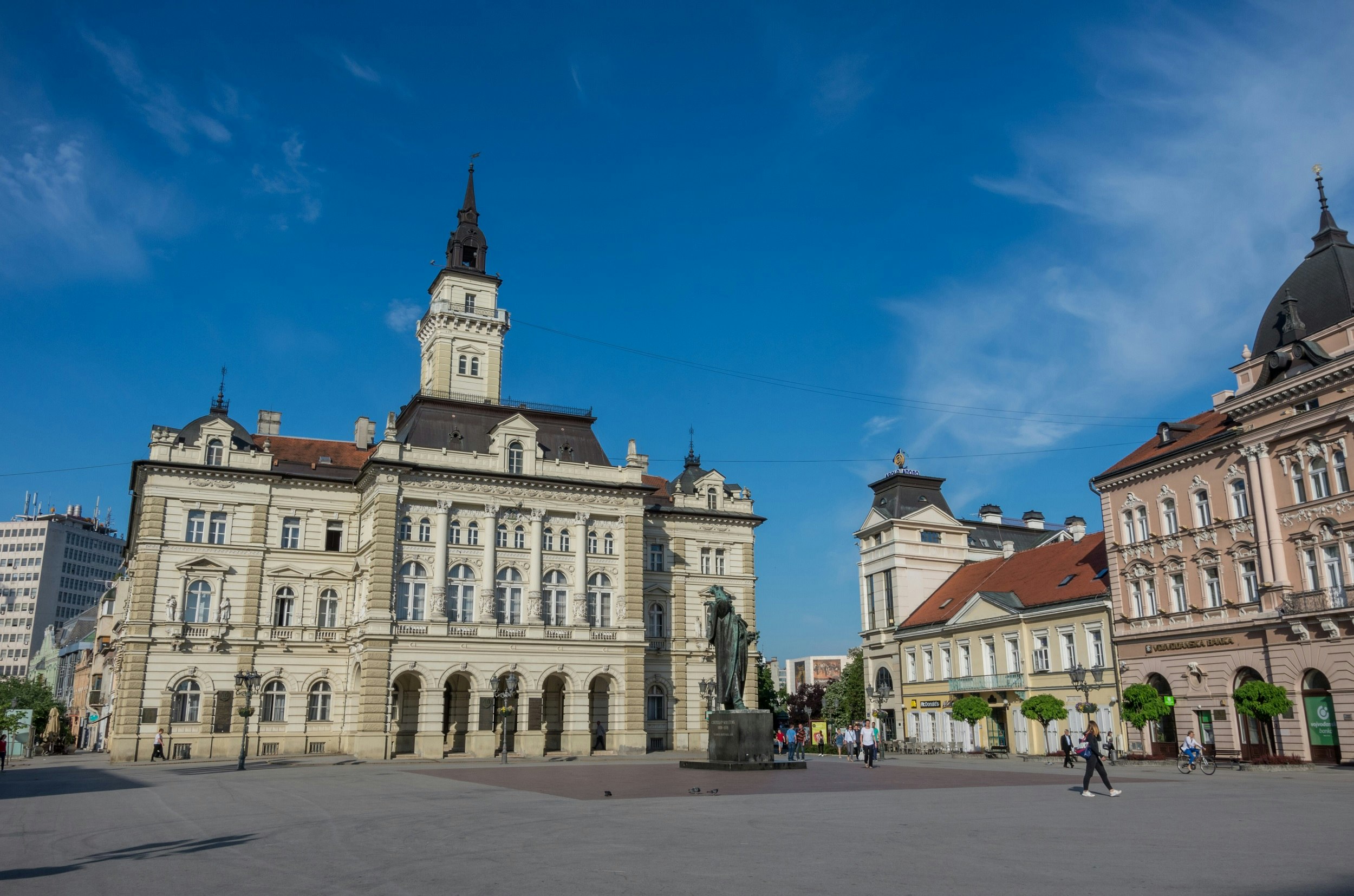
Museums, galleries and cultural centres
Most of Novi Sad’s cultural attractions lie across the Danube from Petrovaradin, around the city centre. Museum of Vojvodina (MoV) displays the long and complex history of Vojvodina region, which is inhabited by 26 traditional ethnic groups and has six official languages. The museum’s most prized exhibit comprises elaborately decorated Roman helmets, found by accident in a field by the town of Šid, testifying to the region’s importance since the ancient times.
Housed in a striking modernist annexe to MoV, the Museum of Contemporary Art Vojvodina focuses on post-WWII artists from the region, but also hosts temporary exhibitions of notable foreign artists, such as Damien Hirst. A short stroll away is the City Museum of Novi Sad – Foreign Art Collection, a private collection that was painstakingly put together in the early 20th century by Branko Ilić, an art-crazy physician who served as the city’s mayor. The collection was seized by the post-WWII government and put on public display in 1968.
Another museum cluster is located around Gallery of Matica Srpska. This key modern Serbian cultural institution was founded in 1826 in what is present-day Budapest. The foundation’s goal was to preserve and promote Serbian culture in the Habsburg Empire, so it moved to Novi Sad in 1864. A tour of the gallery traces the development of Serbian art in the Habsburg lands, from 17th century icons all the way to portraits of the Habsburg Serbian bourgeoisie before WWI. Memorial Collection of Pavle Beljanski, which includes some of the most important pieces of Yugoslav art created between WWI and WWII, is located just behind, while across the road is the Gift Collection of Rajko Mamuzić, displaying work by post-WWII Yugoslav artists.
In preparation for 2021, several new cultural centres, hosting various performances and exhibitions, popped up on the city’s outskirts inside formerly neglected buildings. The most architecturally stunning of them is Cultural Station Eđšeg, a multi-purpose venue hosting theatre, exhibitions and literary events, located inside a former belle-époque shooting club. Svilara, which opened in 2018, displays contemporary art pieces inside a former silk-dyeing factory in the historic Almaški neighbourhood.
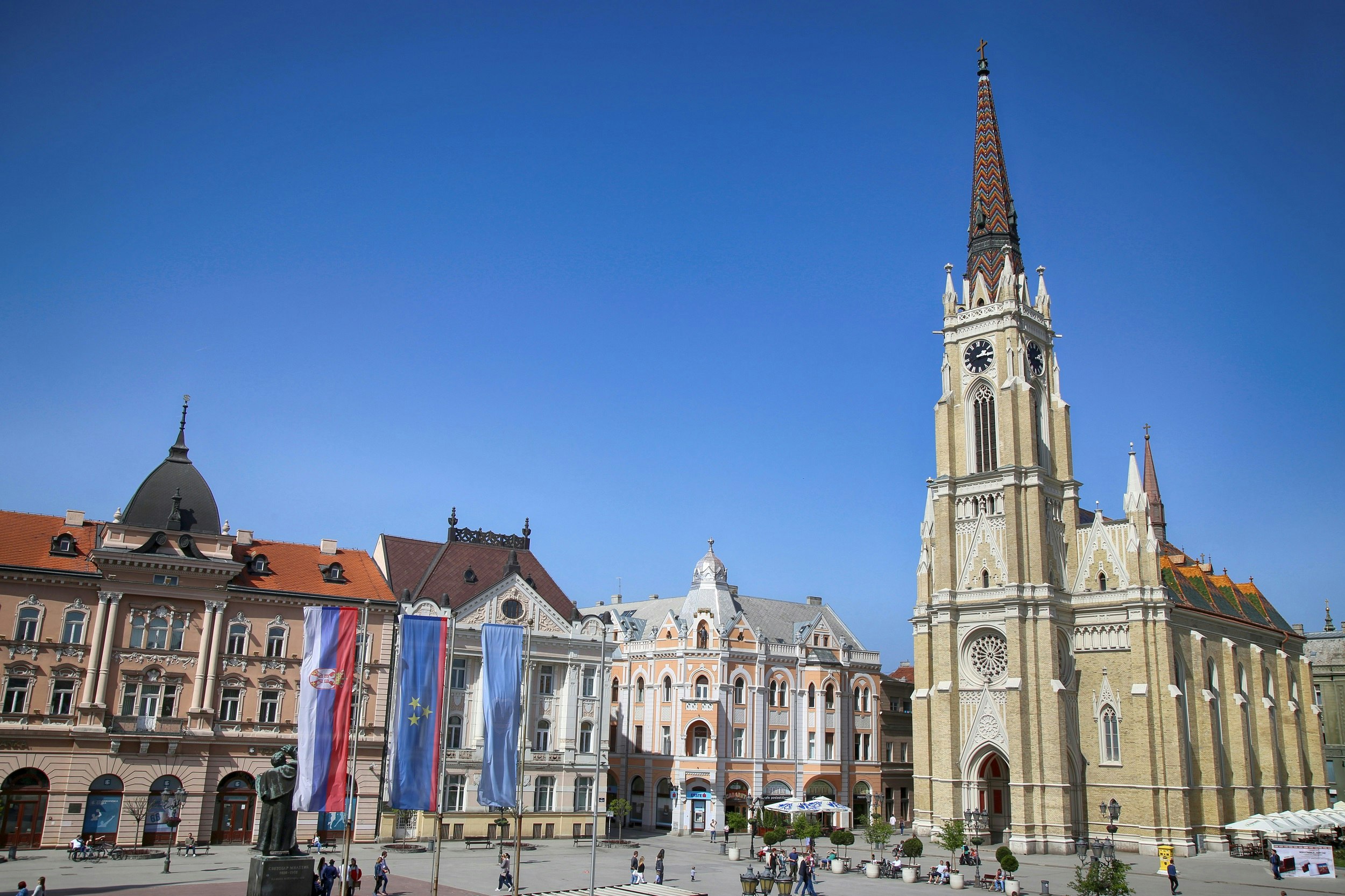
Religious heritage: a city of many faiths
Even without stepping inside any museums, Novi Sad’s multicultural roots are apparent in the variety of places of worship found in the city. The main square is dominated by the neo-gothic, Catholic church dedicated to the Name of Mary (commonly, but inaccurately referred to as “the Cathedral”). Take a moment to admire its slender spire, multi-coloured roof tiles and stained-glass windows.
A short stroll away, behind the pink-hued Orthodox Bishop’s palace, is the city’s main Orthodox church, dedicated to St George. It was built in 1734 and is notable for its sumptuous iconostasis painted by the famous realist portraitist, Paja Jovanović.
In the opposite direction from the main square, is the majestic Synagogue of Novi Sad. It was built in the Hungarian variant of art nouveau in 1909 for the then-sizeable Jewish community, which has been part of the city ever since the early 18th century. The synagogue is open for visits during the day, and occasionally hosts concerts. Near the synagogue, there is an elegant neo-gothic Protestant church, built in the mid-19th century. There also used to be an Armenian church, demolished in 1963, whose location is marked by a traditional cross-stone, or khackar.
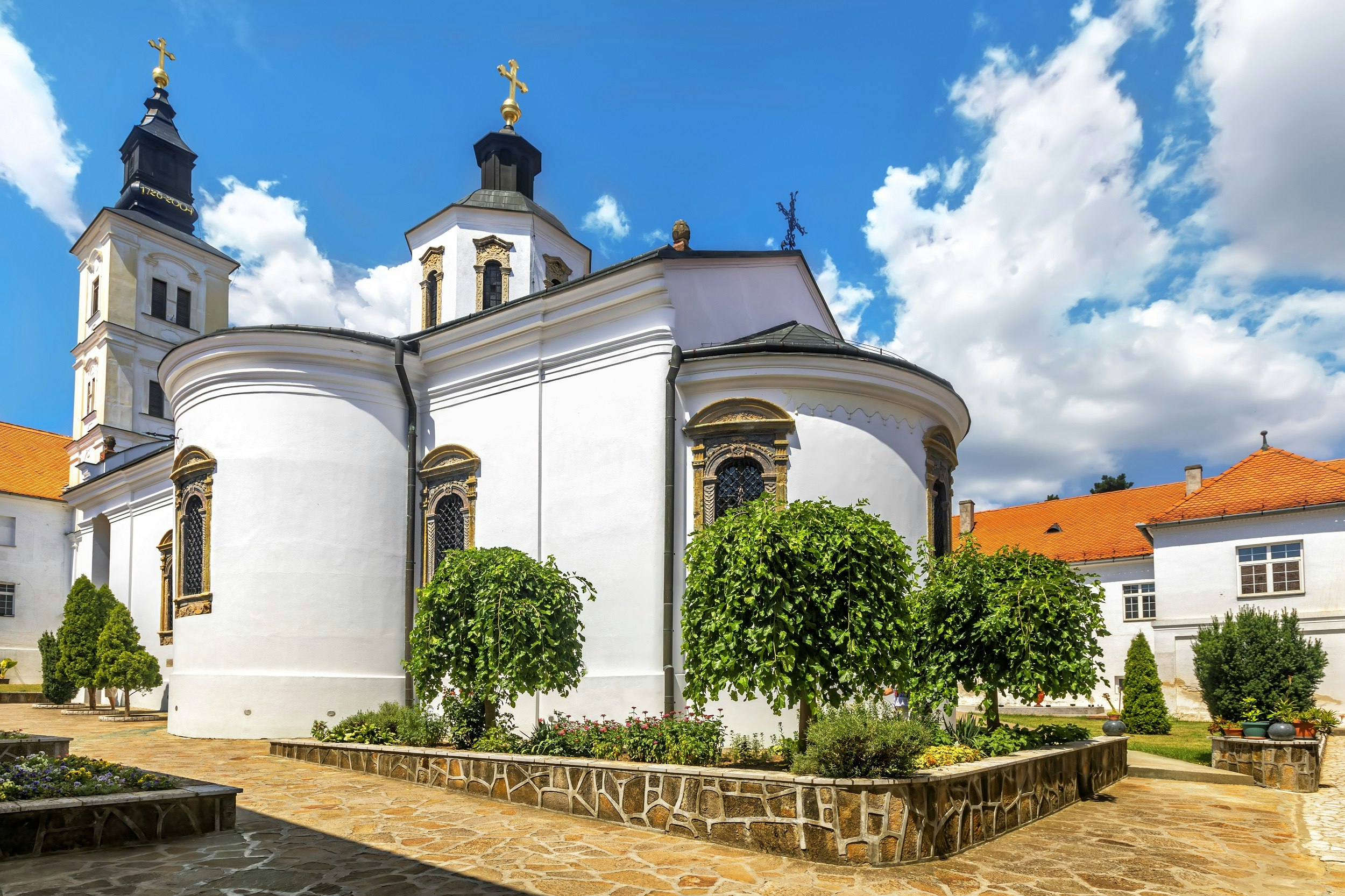
Fruška Gora mountain, which rises just behind Petrovaradin, is dotted with over a dozen still functioning Serbian Orthodox monasteries, the most remarkable of which are Novo Hopovo and Krušedol, due to their history and valuable religious art. Finally, the nearby picturesque town of Sremski Karlovci used to be the centre of the Serbian Orthodox Church within the Habsburg Empire and features a stunning cathedral church dedicated to St Nicholas, which served the nearby court of the Serbian patriarch.
“Chinese Quarter” creative hub
Novi Sad’s “Chinese Quarter”, which contrary to its name lacks any real links to China, has been a vibrant impromptu cultural and nightlife hub inside an old factory since 2010, largely thanks to Novi Sad University’s cultural centre, SKCNS and its Fabrika club. The complex is currently undergoing reconstruction, set to finish in 2021, but a few nightlife venues remain, such as Firchie Think Tank Studio.

Festival bonanza
Although the highlight of the year is certainly EXIT festival in July, Novi Sad’s cultural calendar is busy for most of the year.
Late May is the time for Sterijino Pozorje a prestigious theatre festival displaying some of the best plays staged in Serbia, Croatia, Slovenia, Bosnia and Herzegovina, Montenegro and North Macedonia.
Come June, Tamburica Fest fills the air with the sound of local mandolin music and is followed by INFANT (International Festival of Alternative and New Theatre), which brings innovative theatre performances from all around the world, just before the city becomes swamped yet again by EXIT crowds.
After EXIT, late August and early September are reserved for Gradić Fest, the Street Musicians Festival, when buskers, local musicians and international acts descend on Petrovaradin’s baroque streets. October is the time for Novi Sad’s take on Oktoberfest, followed by the city’s Jazz Festival in November. Then comes Winter Fest, which fills the main square with a Christmas market and general festive schmaltz throughout the advent season.
Produced by Lonely Planet for the National Tourism Organisation of Serbia. All editorial views are those of Lonely Planet alone and reflect our policy of editorial independence and impartiality.

